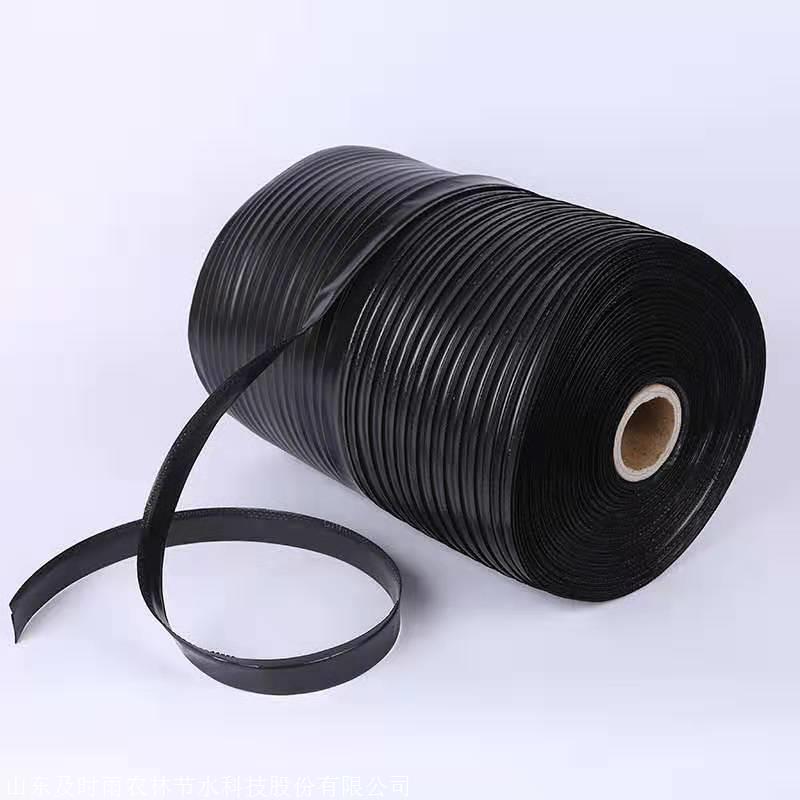The flowering and pegging stage of peanuts is a period of vigorous growth, characterized by large leaf area, rapid stem and leaf growth, and the formation of pods under the large flowers. Additionally, at this stage, the plant canopy is large, temperatures are high, soil evaporation rates are high, and leaf transpiration rates are high. Therefore, this stage is when peanuts require the most water, making precise timing and scientific irrigation crucial for achieving high yields.
I. Understanding Water Requirements
Throughout the entire growth period of peanuts, the general rule for water requirements is “less at the beginning and end, more in the middle”, with the flowering and pegging stage being a period of high water demand. For large-seeded peanuts, water consumption during this stage accounts for 48.2%–59.1% of the total water consumption during the entire growth period, with a daily water consumption of about 60 cubic meters per hectare. For medium-small seeded peanuts, water consumption ranges from 52.1%–61.4%, with a daily water consumption of 18–30 cubic meters per hectare.
II. Assessing Soil Moisture Conditions
Research indicates that when soil moisture during the flowering and pegging stage of peanuts drops below 50% of field capacity, flower quantity decreases, fertilization becomes inadequate, and pegging and pod development gradually cease. Conversely, when soil moisture exceeds 80% of field capacity, soil pores become filled with water, soil permeability decreases, root respiration is impeded, and above-ground growth slows down. In windy conditions, root and stem lodging are more likely to occur, which can damage or bury flowers and pods, significantly affecting yield. Generally, irrigation should be initiated when soil moisture at a depth of 5 centimeters falls below 6% and at a depth of 20 centimeters falls below 10%.
III. Utilizing Irrigation Techniques
There are three main irrigation methods for peanuts: furrow irrigation, sprinkler irrigation, and drip irrigation.
- Furrow Irrigation: This method involves digging furrows between peanut rows, allowing water to flow through the furrows and slowly seep into the root zone of the plants. Furrow irrigation minimizes labor and water usage, reduces soil and nutrient loss, and alleviates soil compaction. Furrows can be spaced according to row spacing, with options such as one furrow every three rows for 20-centimeter row spacing or one furrow every two rows for 40-centimeter row spacing.
- Sprinkler Irrigation: This method can save 30%–50% of water compared to furrow irrigation, avoids root damage caused by furrow digging, prevents soil erosion, regulates soil moisture, fertility, air, and temperature conditions, and improves field microclimate. However, manual sprinkler irrigation in rural areas is labor-intensive and time-consuming, and can easily cause plant lodging and soil compaction. In the absence of sprinkler irrigation machinery, manual sprinkler irrigation can be conducted using small nozzles, walking along the ridges and spraying sequentially. Generally, water consumption is around 200–240 cubic meters per hectare.
- Drip Irrigation: This high-tech and high-input irrigation method utilizes a low-pressure pipeline system with numerous drippers distributed in the field, slowly dripping water into the root zone of the peanuts. This method is commonly used in economically developed regions. In rural areas, a similar effect can be achieved using polyethylene plastic hoses with a diameter of 5–10 centimeters. Holes are punched at 20–30 centimeter intervals on the hoses, with a diameter of 0.4–0.6 centimeters, and the hoses are laid between peanut rows. Water flows slowly into the ground through the holes, mimicking the effect of drip irrigation. This method requires minimal investment (300–500 yuan) and can be used for several years. Each hose reel can cover 50–80 meters, and can be easily operated by removing the live joints and rolling up the hoses. It is important to ensure that the holes on the hoses are not too close together and are symmetrical along a vertical line, with each hose having no more than two rows of holes.



